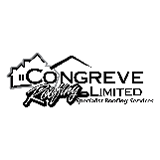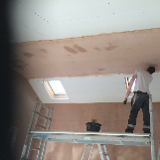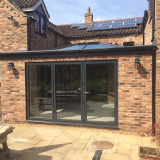
Andrew Pae
Hi Tina, sorry to hear of your problem, problems related to valleys are sometimes tricky to detect as you can have rain water discharging down the roof from 3 different angles. When the roof was re-roofed, was the existing valley removed, I would have removed the lead, fitted new valley underlay and checked the lead is suitable for re-use, (it should be code 4), and I prefer 450mm wide to give good covering. You should be able to see from inside the roof space if the valley underlay has been replaced, if so, I would have the lead valley inspected. Concrete roof tiles usually carry a 50 year manufacturers guarantee, provided they have been fitted in accordance with their recommendations. With the leak being isolated, I think it is valley related. Hope this helps. Good Luck.


